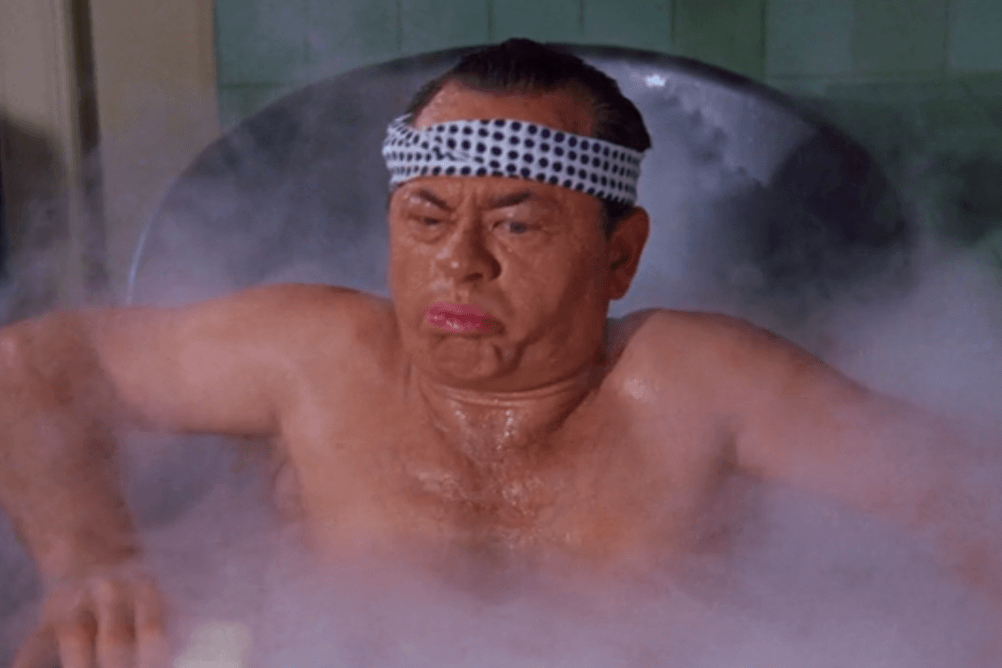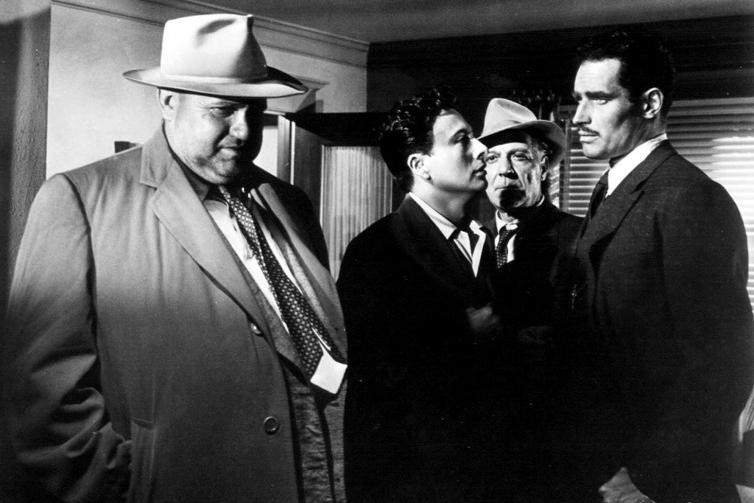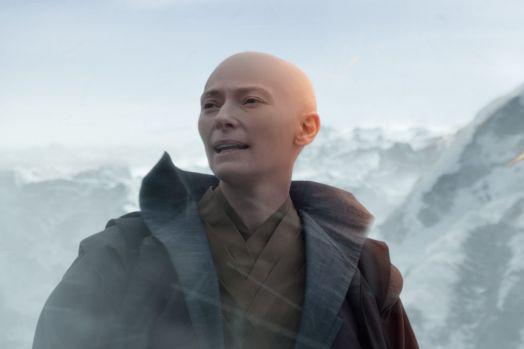From Breakfast at Tiffany’s to Hellboy: The ongoing problem of Hollywood ‘whitewashing’
Ed Skrein recently pulled out from playing an Asian character in the ‘Hellboy’ reboot, highlighting the ongoing problem of whitewashing in Hollywood and the institutional racism of the film industry

Actor Ed Skrein’s much applauded withdrawal from the role of Asian character, Major Ben Daimio, in the Hellboy reboot has again highlighted the pervasive practice of “whitewashing” in contemporary Hollywood. Whitewashing is not new. It was a common practice in classical Hollywood, where some of its most egregious examples include John Wayne as Genghis Khan in The Conqueror and Mickey Rooney as Mr Yunioshi in Breakfast at Tiffany’s.
Audiences know instinctively that whitewashing is bad – hence the criticisms of other whitewashing films and the resulting hashtag #StarringJohnCho that went viral in spring 2016. As a cultural practice, having white people play, replace and stereotype characters of colour obscures and erases their history, agency and power. Although it is fair to reject whitewashing as false and offensive on these ideological grounds, to do so without further scrutiny does not allow us to explore the reasons why it exists.
Whitewashing happens in a number of ways. It can be the whitening through casting of a character who was originally a person of colour in historical or source material, as with Daimio in the new Hellboy or Major (Scarlett Johansson) in Ghost in the Shell. But it can also be the casting of a white actor to play a character of colour and the use of makeup, acting and other features of mise-en-scène, editing and narrative to draw on racial attributes – a practice often referred to as Yellow, Brown or Blackface. One early use of the latter includes D W Griffith’s Birth of Nation in 1915: a white supremacist text that celebrates the founding of the Ku Klux Klan. All the major black characters are played by white actors in Blackface.
Whitewashing exists historically and contemporaneously in Hollywood because from its early and silent periods Hollywood has, as Daniel Bernardi points out in Classic Hollywood, Classic Whiteness “constructed whiteness as the ‘norm’”. What’s more, Hollywood acting styles have shown “whiteness” to be the norm over “otherness”. Look no further than John Wayne’s impassive acting style in almost every film he appears in. We also see the assumption of whiteness as the norm in the idea that a white actor can play any character by simply “being” themselves or – if they are cast as a character of colour – by putting on an accent, makeup and other ethnically defining attributes and performance styles.

The flip side of whitewashing is that an actor of colour can only ever be cast as a character of colour and must perform in a way that marks or over determines their “difference” to the “norm”. Thus, in John Ford’s Three Godfathers, Mexican actor Pedro Armendariz – who actually grew up in the US and spoke English without an accent – has to put on a stereotypical Mexican accent and act with exaggerated gestures to play a Mexican character.
In the post Second World War Hollywood of “liberal” race dramas, whitewashing allowed whiteness to be the clear moral voice of films, even when the narrative focus was on non-white characters. For instance, the sense of visible whiteness that whitewashing permitted is important to the 1958 movie Touch of Evil. In it, Charlton Heston plays Miguel Vargas, a Mexican police chief fighting against corruption and organised crime on both sides of the US-Mexico border.
Heston is visually “Mexicanised”: he has curly hair, a moustache and darker skin. But as the hero of the film, it is important that Heston’s whiteness is maintained, at least in terms of his star profile. Interestingly, Heston went almost directly to the character of Vargas after playing Moses in The Ten Commandments – another whitewashing role.

In the contemporary era, the casting of white actors in non-white roles persists. For this, we need look no further than Tilda Swinton as a Tibetan mentor in Doctor Strange. This despite protests from minority advocacy groups demanding more accurate representation and more parts for actors of colour.
The problem of whitewashing is frequently linked to the lack of diversity and institutional racism of a Hollywood film industry that is disproportionately white and male and in which people of colour are underrepresented – not just in front of the camera but also at the executive level and in producer and director roles.

Watch Apple TV+ free for 7 day
New subscribers only. £9.99/mo. after free trial. Plan auto-renews until cancelled.
ADVERTISEMENT. If you sign up to this service we will earn commission. This revenue helps to fund journalism across The Independent.

Watch Apple TV+ free for 7 day
New subscribers only. £9.99/mo. after free trial. Plan auto-renews until cancelled.
ADVERTISEMENT. If you sign up to this service we will earn commission. This revenue helps to fund journalism across The Independent.
It has been suggested that the key to solving Hollywood’s whitewashing issue is recognising the achievements of those actors and film personnel of colour who are making films. This has been encapsulated in the hashtag #OscarsSoWhite. There needs to be structural change and more effort needs to be made at getting more minorities into the industry. Audiences also need to start signalling to film executives that the casting of white stars in non-white roles is not acceptable. Ed Skrein’s rejection of whitewashing is to be applauded. We will now see if other actors are brave enough to follow his lead.
Dolores Tierney is a senior lecturer in film studies at the University of Sussex. This article was originally published in The Conversation (www.theconversation.com)
Join our commenting forum
Join thought-provoking conversations, follow other Independent readers and see their replies
Comments
Bookmark popover
Removed from bookmarks